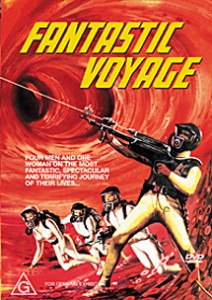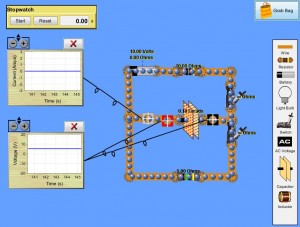 I ran across this website a couple of years ago but for some reason didn’t use it at all.
I ran across this website a couple of years ago but for some reason didn’t use it at all.
http://www.gpb.org/chemistry-physics
On the site is a complete course in Chemistry and a complete course in Physics for high school level in Georgia, USA. They consist of a series of videos, one on each topic listed with note taking guides and study guides. The videos are only about half an hour long and come with a problem set based on the video.
I am going to trial one of these in class today and also show the girls the link in the hopes that they might use the videos at home for their own revision. I was thinking too it might be a good activity for them if I am away so they can still move forward with their learning even when I am not there. We have a set of netbooks they can use and watch the material on their own if the reliever doesn’t have a laptop to show the whole class at once.











Recent Comments